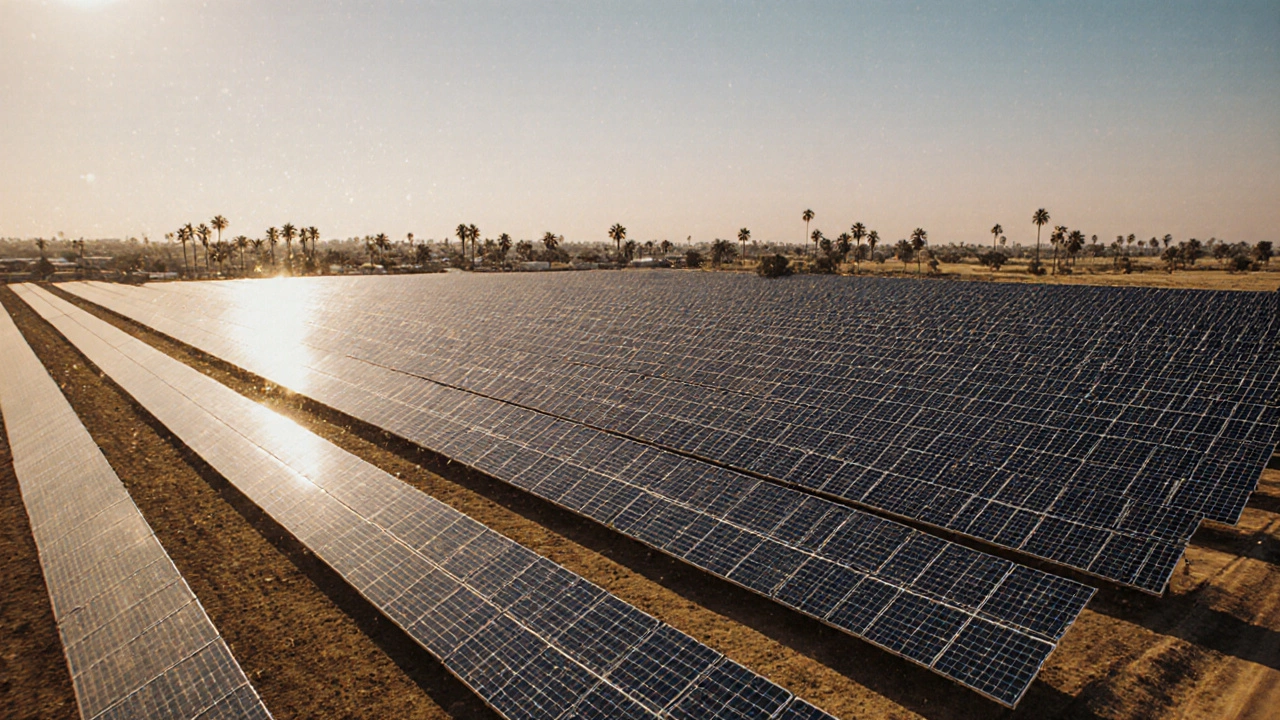Solar Energy Growth in India: Trends, Challenges, and Real-World Impact
When we talk about solar energy growth, the rapid expansion of solar power adoption across India, measured in installed capacity, investment, and household access. Also known as solar power expansion, it's not just about panels on rooftops—it's about rewriting how the country gets its electricity. Over the last five years, India’s solar capacity has more than tripled, hitting over 70 gigawatts in 2025. That’s enough to power nearly 30 million homes. And it’s not because of subsidies alone—it’s because solar is now the cheapest way to make electricity in most parts of the country.
This growth doesn’t happen in a vacuum. It’s tied to renewable energy cost, the actual price per unit of electricity generated from sources like solar and wind, including installation, maintenance, and grid integration. As those costs keep falling, solar beats coal and gas on price alone. But here’s the catch: cheap panels don’t mean cheap systems. The real challenge lies in technology transfer, the process of moving solar innovations from labs and manufacturers to local communities, farms, and small businesses that actually use them. Too often, projects fail not because the tech doesn’t work, but because no one is trained to fix it when it breaks, or no one owns the maintenance plan. Real solar growth needs local partnerships, not just imported hardware.
That’s why you’ll find posts here about how clean energy savings, the long-term financial and environmental benefits of switching from fossil fuels to solar and wind are adding up—for farmers using solar pumps, for factories cutting power bills, and for cities avoiding blackouts. You’ll also see how renewable resources, naturally replenished energy sources like sunlight, wind, and biomass that can be used without depleting the planet are being mapped across villages, not just big cities. This isn’t theoretical. It’s happening in Gujarat’s solar farms, in Tamil Nadu’s rooftop networks, and in Maharashtra’s agrivoltaic fields where crops grow under panels.
What’s missing from headlines is the human side: who’s installing these systems? Who’s getting paid? Who’s learning to maintain them? The posts below answer those questions with real stories—not hype. You’ll find breakdowns of why solar is cheaper now, how tech transfer fails and succeeds, and what’s really driving adoption on the ground. No fluff. Just what’s working, where, and why it matters for India’s energy future.




